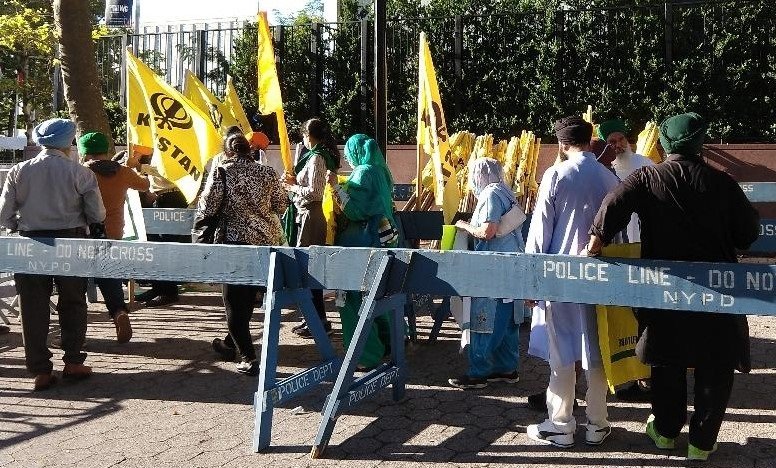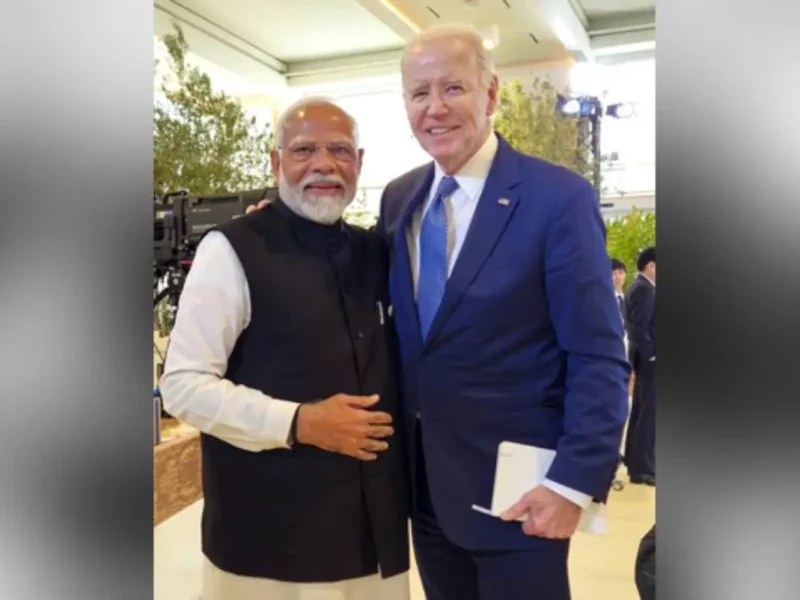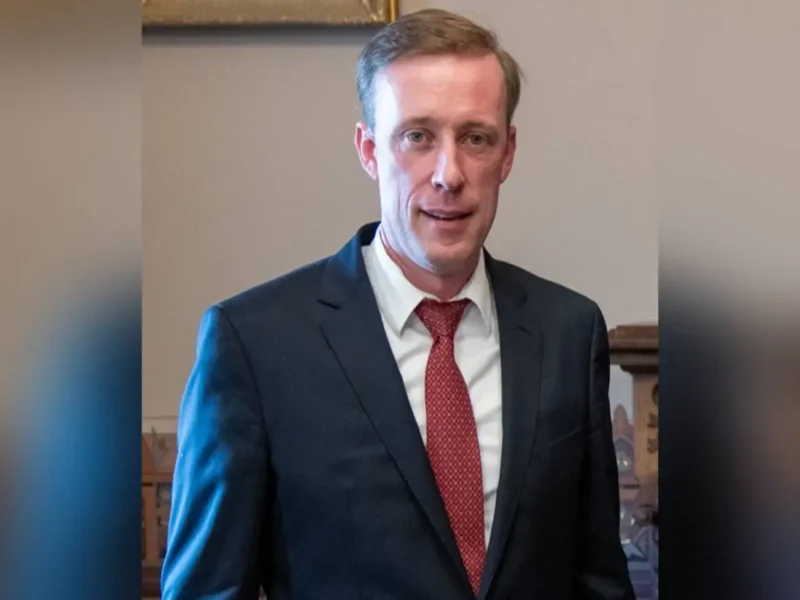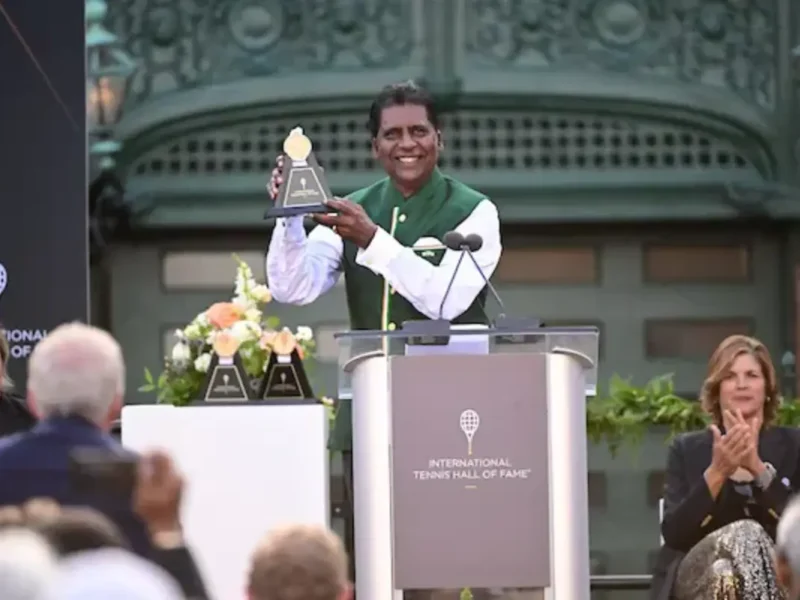
From Domestic Terrorism, US Khalistani Groups Have Evolved to Political Manipulation
NEW YORK, NY (IANS) – In the mid-1980s Khalistanis brazenly set up a terrorist training camp in the US and cooked up an elaborate plot to assassinate Rajiv Gandhi and Bhajan Lal, who was then the Haryana chief minister, when they visited the country.
But in 1985 just before Gandhi’s visit, the FBI busted the plotters, who had sought the help of a decorated former US Navy urban guerilla warfare expert. He had tipped off the FBI, which “successfully penetrated a plan (by the group) to develop a program to train a group of Sikhs in the use of firearms and explosives”, the then FBI chief, William Webster was quoted by The Los Angeles Times.
An FBI special agent at that time, Edmund Pistey told the newspaper, “This may be a first incident of Sikh terrorism in the United States. What it shows is that we in the United States are not immune to terrorist acts happening here.”
The US put its guard on, and the lesson was learned.
Since then, there have been no reports of domestic terrorism connected to Khalistanis, although there was at least one instance of funding terrorism abroad that has been uncovered by the US authorities — with a Pakistan connection.
A Pakistani Canadian, Khalid Awan, was convicted in 2006 of funneling money raised by Khalistanis in the US to the Khalistan Commando Force led by Pakistan-based Paramjit Singh Panjwar, according to the Justice Department.
Khalistanis, who operate in disparate groups, some networked, have instead been focusing on political action taking advantage of the freewheeling workings of US politics and the almost unfettered freedom of expression guaranteed by the US Constitution — unlike any even in Europe.
But despite the change in tactics a report published by the conservative think tank Hudson Institute last year warned, “Groups agitating for Khalistan have the potential to cause problems, including the following: disrupt or damage India-US relations; become a vehicle for recruitment of terrorists and extremist agitators, and violate American laws by acting on behalf of Pakistan while pretending to act independently.”
The report, “Pakistan’s Destabilization Playbook: Khalistan Separatist Activism Within the US”, prepared by a group of South Asia experts noted, “The recent increase in Khalistan-related anti-India activism within the US is occurring as the United States and India are collaborating to confront the rise of China, especially in the Indo-Pacific.”
It added, “Some Sikh radical groups are still active in the New York area and in California. In addition to disseminating anti-India propaganda, the focus of these organizations is advocating the Khalistan cause, and to secure support they target local politicians, US think tanks, and human rights activists.”
The Khalistani groups also have connections to Kashmiri separatist groups.
It cited the participation of a representative of the World Sikh Parliament in a webinar sponsored by a Pakistani Kashmiri outfit as an example.
It said the online event was sponsored by Justice for All whose parent company Sound Vision, is an offshoot of the Islamic Circle of North America that advocates Kashmiri separatism.
The report said that there were “fifty-five interlinked Kashmiri and Khalistani groups currently operating within the United States”.
As an example of their links, it cited Stand with Kashmir organizing in December 2019 along with, “the radical Sikh group Organization for Minorities of India (OFMI) and the Indian American Muslim Council (IAMC)” a protest India’s Citizenship Amendment Act.
For a while, Khalistanis seemed to ride high needling India at the Congressional level with the strong support of about a dozen politicians from both parties.
But that level of backing has waned, and now they have switched to working at the local levels and trying to make a common cause with Islamic groups, Pakistani Kashmiris, and radical African Americans.
The mainstream Sikh organizations have run campaigns to dispel these notions and present the members of the faith as a distinct, public service-oriented, law-abiding community.
SFJ led by lawyer Gurpatwant Singh Pannun is now the main driver of the Khalistan movement in the US. Pannun, who operates from the New York area and travels to Europe and elsewhere for his campaigns, is a wanted man in India.
Before him, there was Gurmit Singh Aulakh, a genetics scientist who founded the Council of Khalistan and styled himself the “President” of Khalistan.
Starting in 1985, his lobbying got the support of about a dozen lawmakers. Most were Republicans. The Washington Post reported that Burton’s 1966 campaign received nearly a quarter of the individual donations from the US Sikh and Kashmiri communities.Republican Burton had referred to Khalistan as if it were an independent nation in statements in the House.
Burton was embarrassed when it was revealed in court documents in 2011 that he had received funds from Pakistani Americans, who had been charged by a federal prosecutor with being conduits for Pakistan’s Inter-Services Intelligence illegally funding the US politicians.
One of them was Ghulam Nabi Fai, the head of the Kashmir American Council, who had been seen with Khalistanis, and was sentenced to two years in prison for violations of the US laws.
A turning point in the level of Congressional support was the sound defeat in 1997 of a House resolution calling for a plebiscite in India that was opposed by 342 members, with 82 supporting.
Another marker of change was Republican Senator Jesse Helms, who had been a virulently anti-India supporter of Khalistan, beginning to soften his stand that year.
Helms, who had headed the Senate Foreign Relations Committee, ultimately became a strong supporter of US-India ties.
Pannun, for image building, he has filed cases in the US against Prime Minister Narendra Modi, Congress Party leader Sonia Gandhi and former Madhya Pradesh Chief Minister Kamal Nath — but without success.
This also shows a subtle shift in who was in the Khalistani’s crosshairs: While the Congress had been the prime target because of the 1984 Golden Temple army incursion and the pogroms after Indira Gandhi’s assassination, they now go mainly after the RSS and BJP, hoping to take advantage of the antipathy towards the two organizations among liberals, Muslims, and some Christians.
In trying to broaden its appeal to the liberals and African Americans, the Hudson Institute report noted, for example, that pro-Khalistan activists “appropriated imagery and slogans from the Black Lives Matter movement, whose aim is to redress systemic and structural white supremacy in the United States”.
That’s an attempt at creating a common bond of victimhood.
The SFJ listed on its website African American civil rights leader Jesse Jackson as the keynote speaker at its rally in 2019 in Washington.
For expressions of solidarity with radical African Americans, some Khalistanis have made Mahatma Gandhi’s early statements about Africans in South Africa a flashpoint. They have targeted statues of Gandhi around the US — the most visible signs of Indian influence — defacing them coast to coast.
These may have some publicity value for the Khalistanis and annoy India but have no influence beyond the town halls and state assemblies. The Connecticut legislature offered Khalistan a recognition of sorts in April by congratulating the World Sikh Parliament on the anniversary of what is billed as the “declaration of Sikh Independence”. Holyoke, Massachusetts, and Norwich, Connecticut, hoisted the Khalistan flag at the city halls. The sponsors of these moves may not be able to find Punjab on a map, leave alone India.
There is still a possibility that pro-Islamist members of Congress like Ilhan Omar — an advocate of the Pakistani line on Kashmir — could take up the Khalistani cause.
But as on most issues, they would remain isolated from the mainstream on this also.
In the current climate critical of Russia and China, the SFJ is also handicapped by its support for the Chinese aggression and its appeal to Russia. Pannun had written to China’s President Xi Jinping “to condemn India’s violent aggression causing the death of several soldiers of China at the Ladakh border” during the 2020 border confrontation.
There are other Khalistani organizations that have been identified in the Hudson Institute report.
One of them is the SADA USA, the overseas branch of the Shiromani Akali Dal (Amritsar), whose youth wing disrupted a celebration of BR Ambedkar’s birth anniversary celebrations at the United Nations in 2018.
The report gave an insight into the intricate web around the SFJ in the US.
It said the SFJ “operates a number of spin-off groups and media outlets, including US Media International, Khabardar Punjab TV, and new campaign organizations such as the Kashmir Khalistan Referendum Front.”
It added, “Along with the Khalistan Affairs Center, Sikhs for Justice is also closely involved with Global Sikh Affairs Media, which is controlled by the Centre’s head, Amarjit Singh, and runs the radical Khalistani news channel, TV84.”




